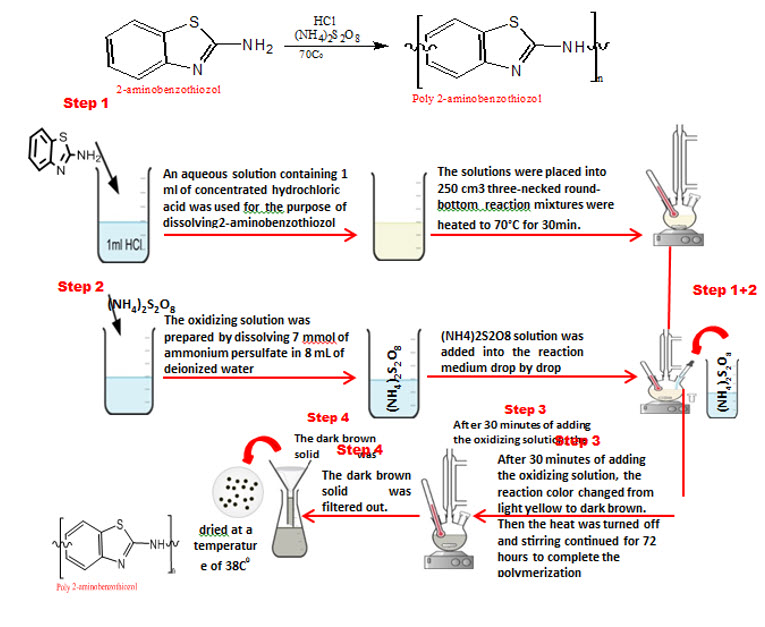Wed, Oct 15, 2025
[Archive]
IN PRESS [IN PRESS]
Aicha Kater 
 , Saâd Rahmane
, Saâd Rahmane 
 , Fatima Djenidi
, Fatima Djenidi 
 , Hala Nezzal
, Hala Nezzal 
 , Nourelhouda Mokrani
, Nourelhouda Mokrani 
 , Elhachmi Guettaf Temam
, Elhachmi Guettaf Temam 
 , Hadjer Barkat
, Hadjer Barkat 
 , Boutheina Saadi
, Boutheina Saadi 
 , Brahim Gasmi
, Brahim Gasmi 


 , Saâd Rahmane
, Saâd Rahmane 
 , Fatima Djenidi
, Fatima Djenidi 
 , Hala Nezzal
, Hala Nezzal 
 , Nourelhouda Mokrani
, Nourelhouda Mokrani 
 , Elhachmi Guettaf Temam
, Elhachmi Guettaf Temam 
 , Hadjer Barkat
, Hadjer Barkat 
 , Boutheina Saadi
, Boutheina Saadi 
 , Brahim Gasmi
, Brahim Gasmi 







